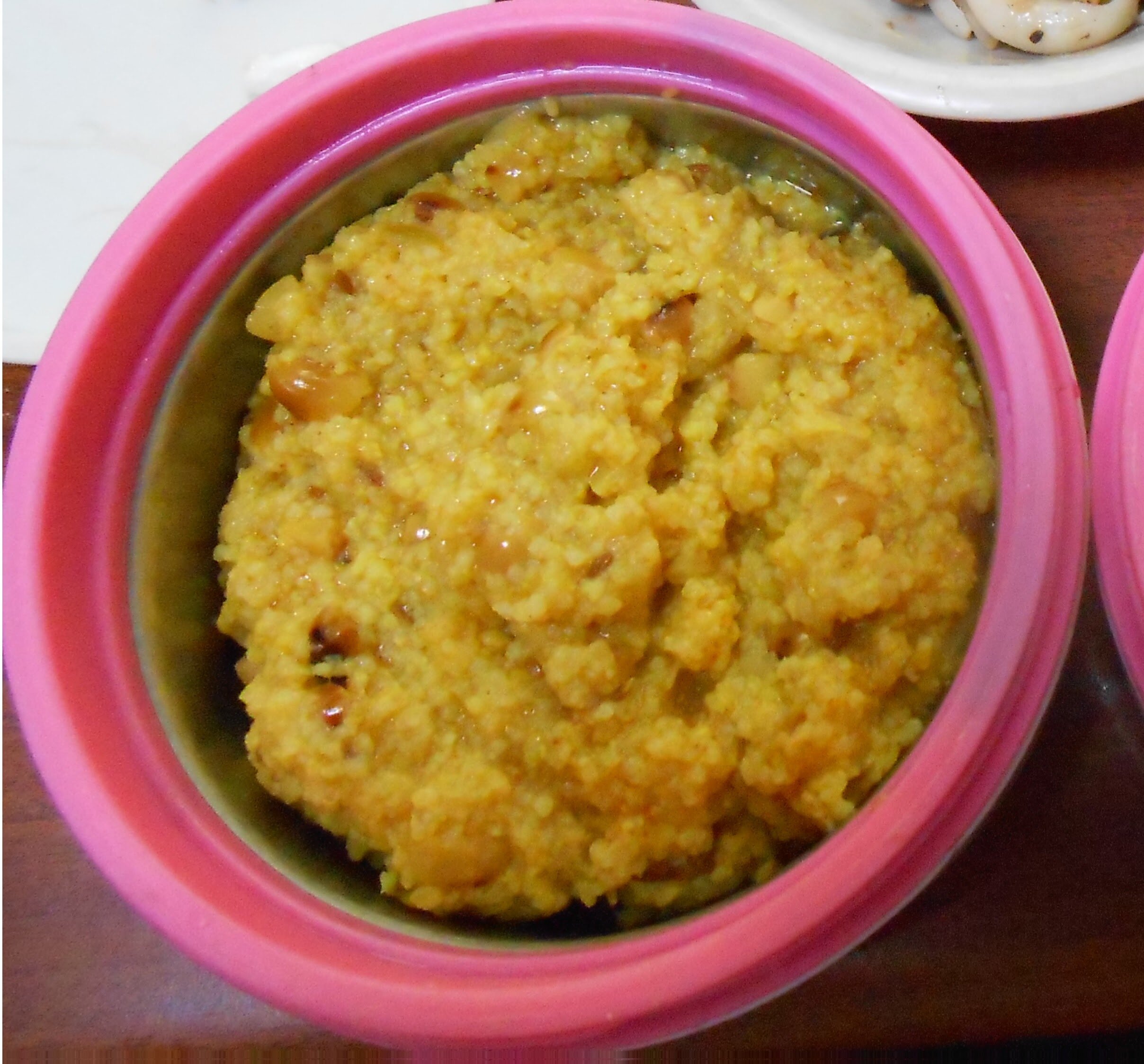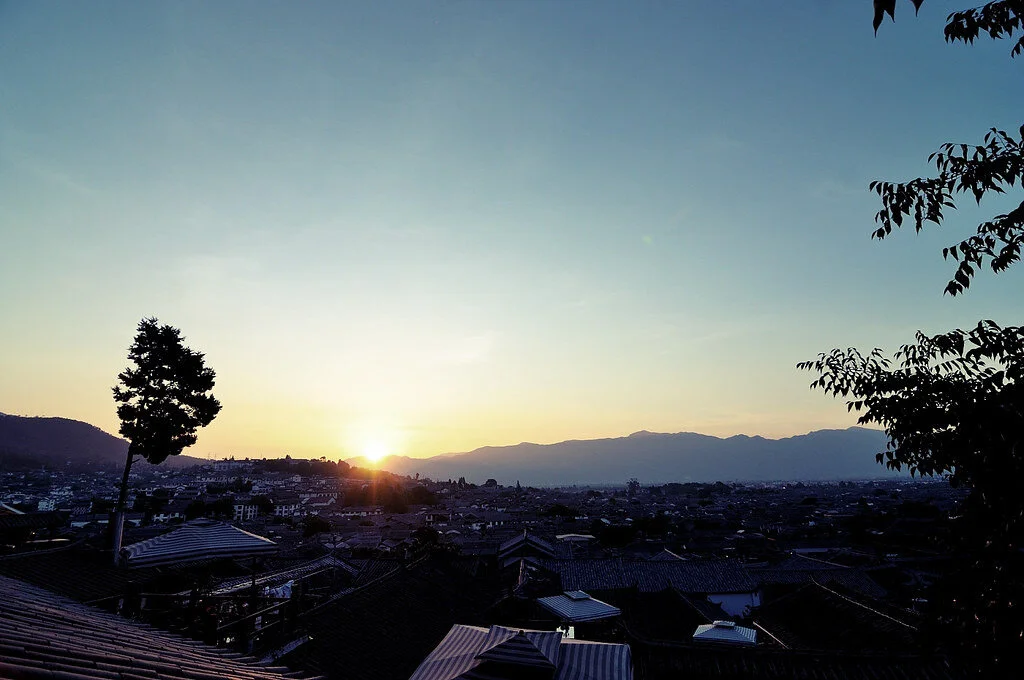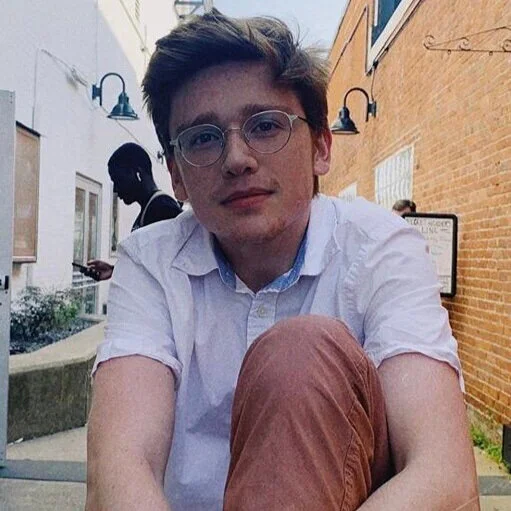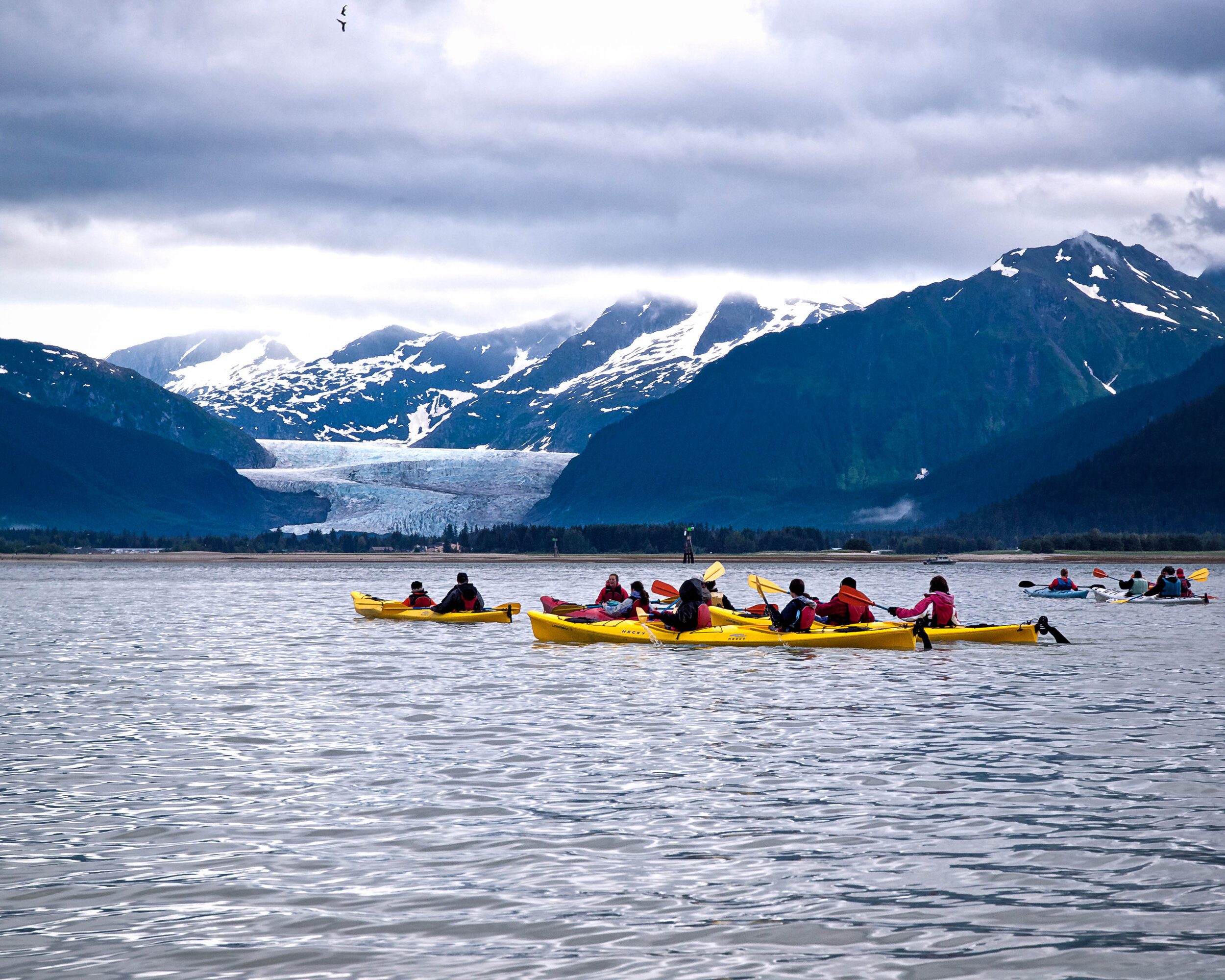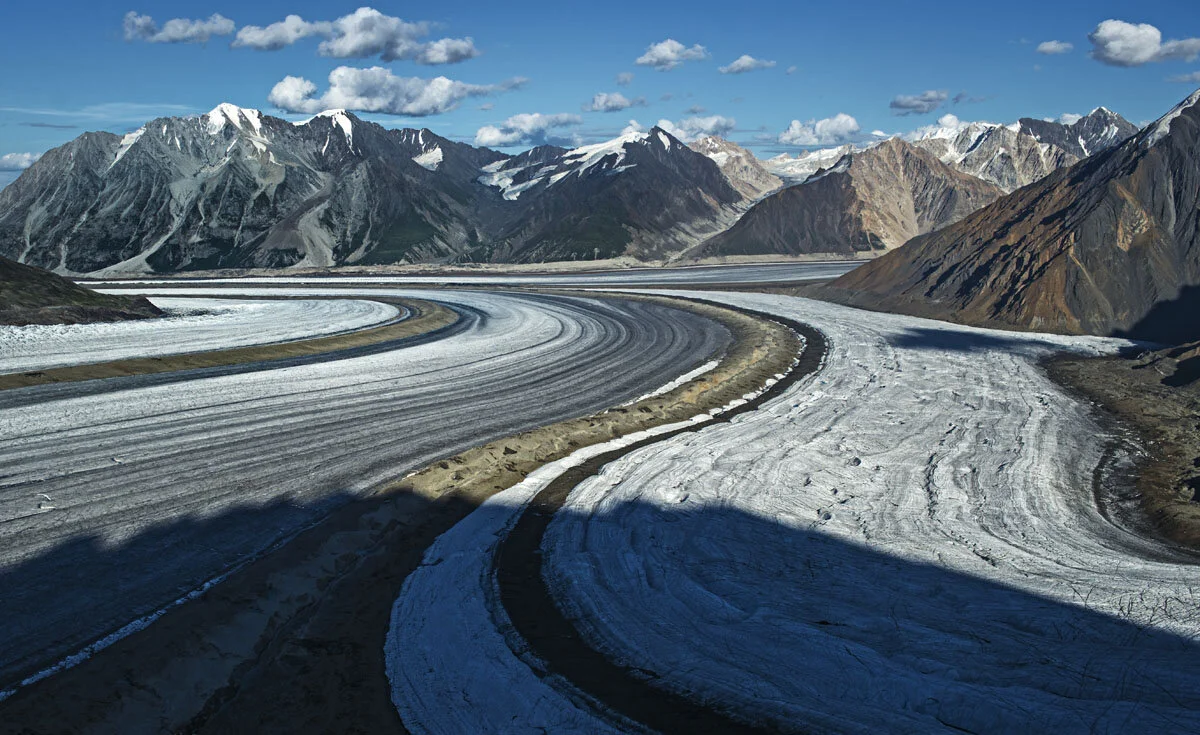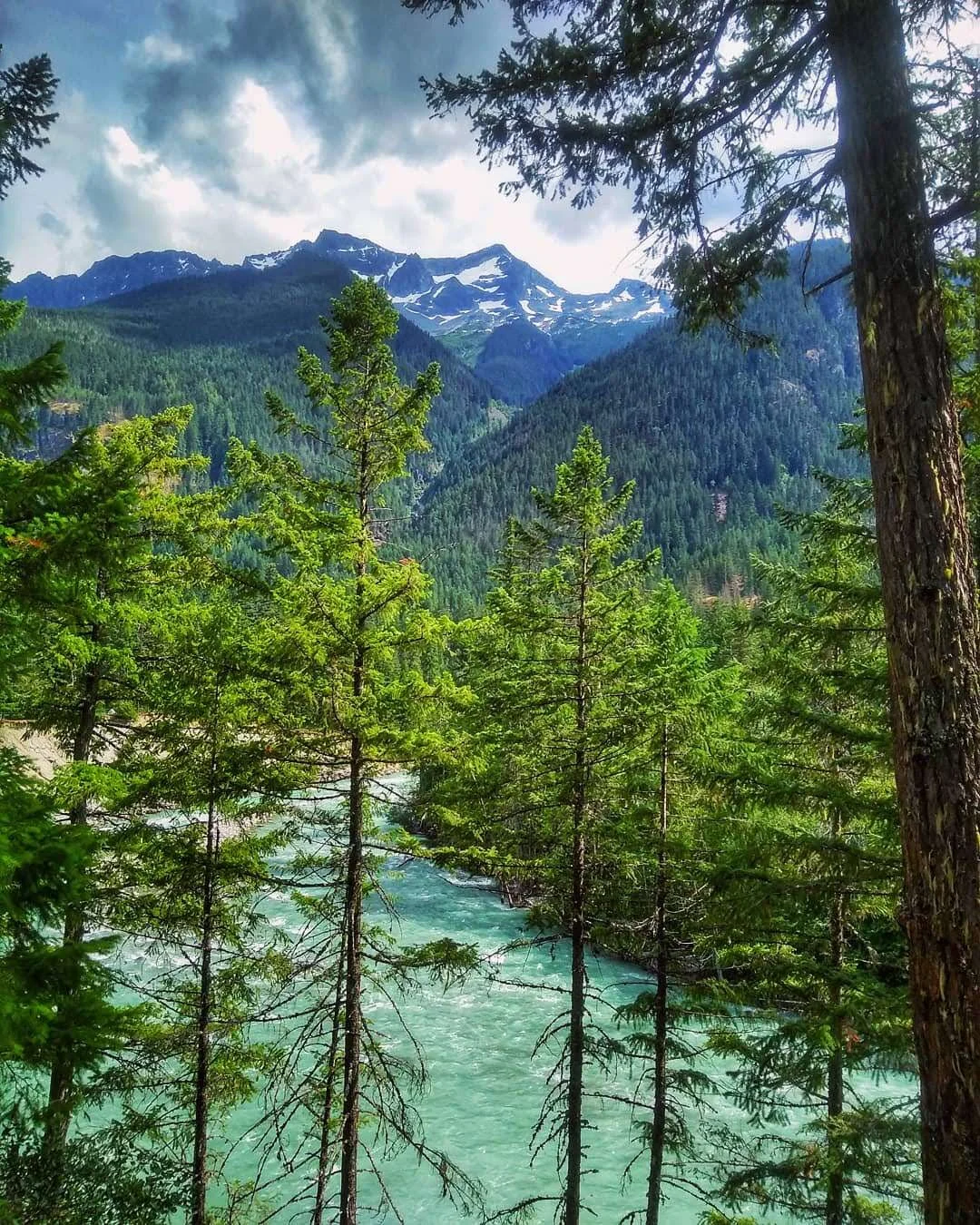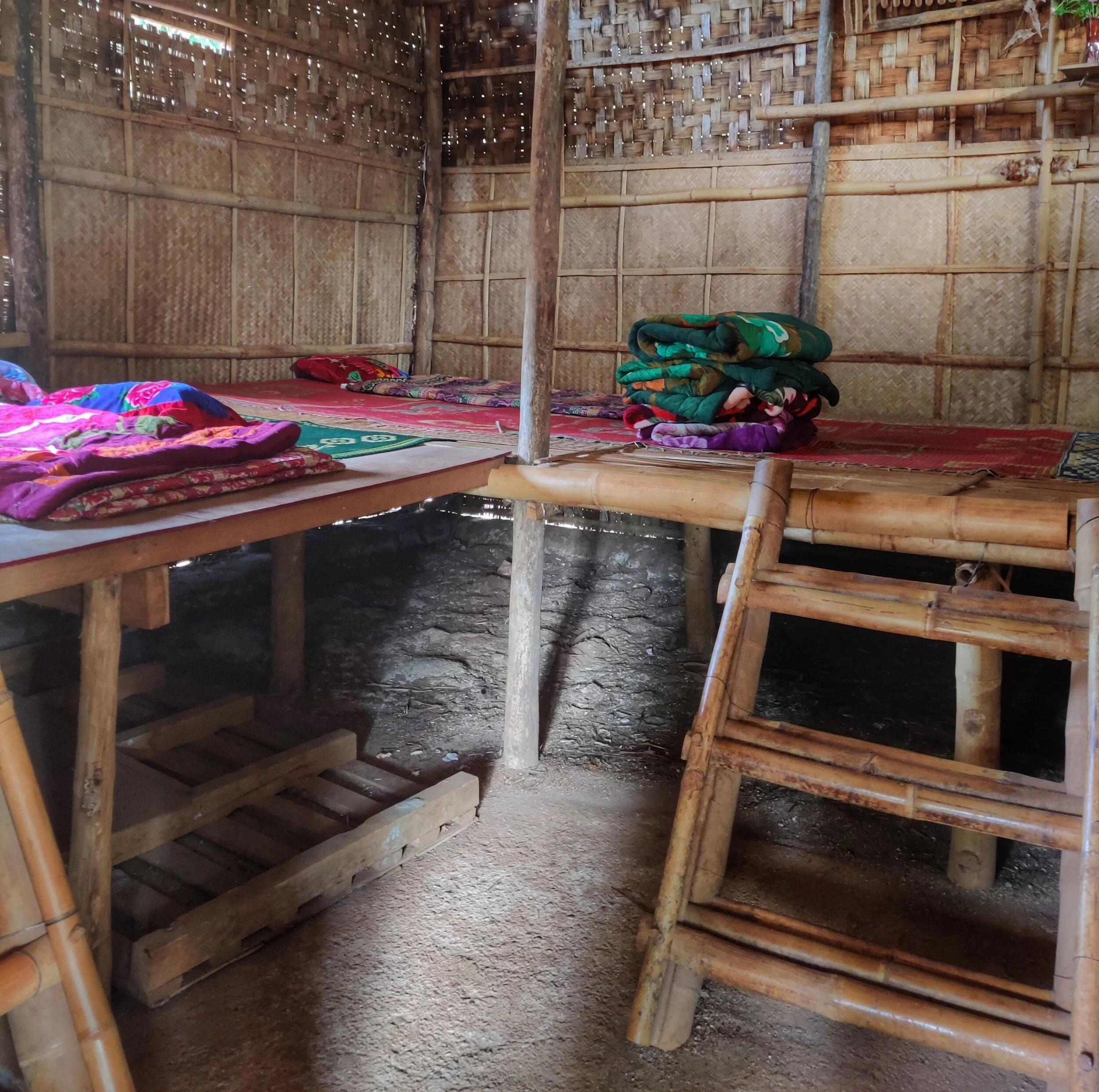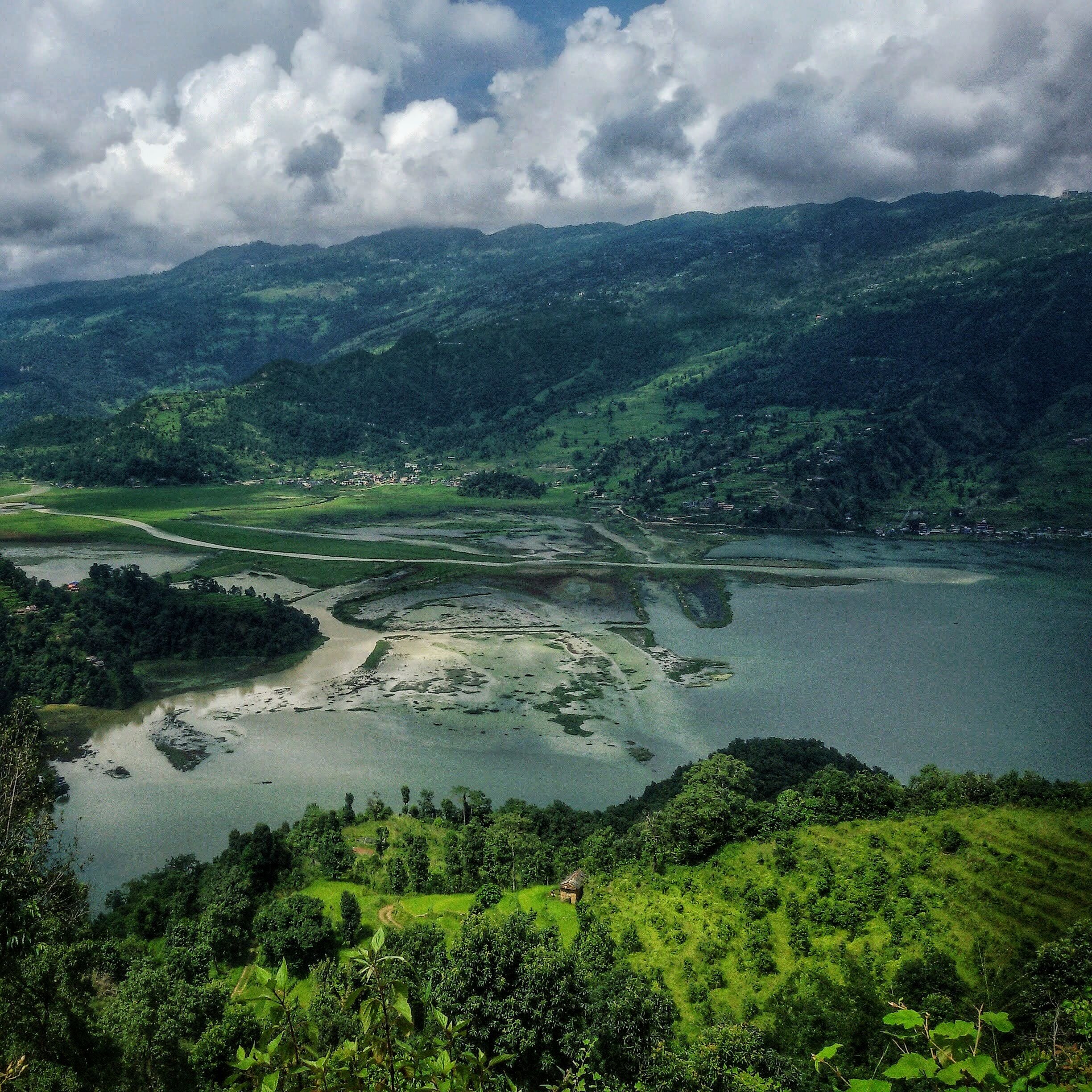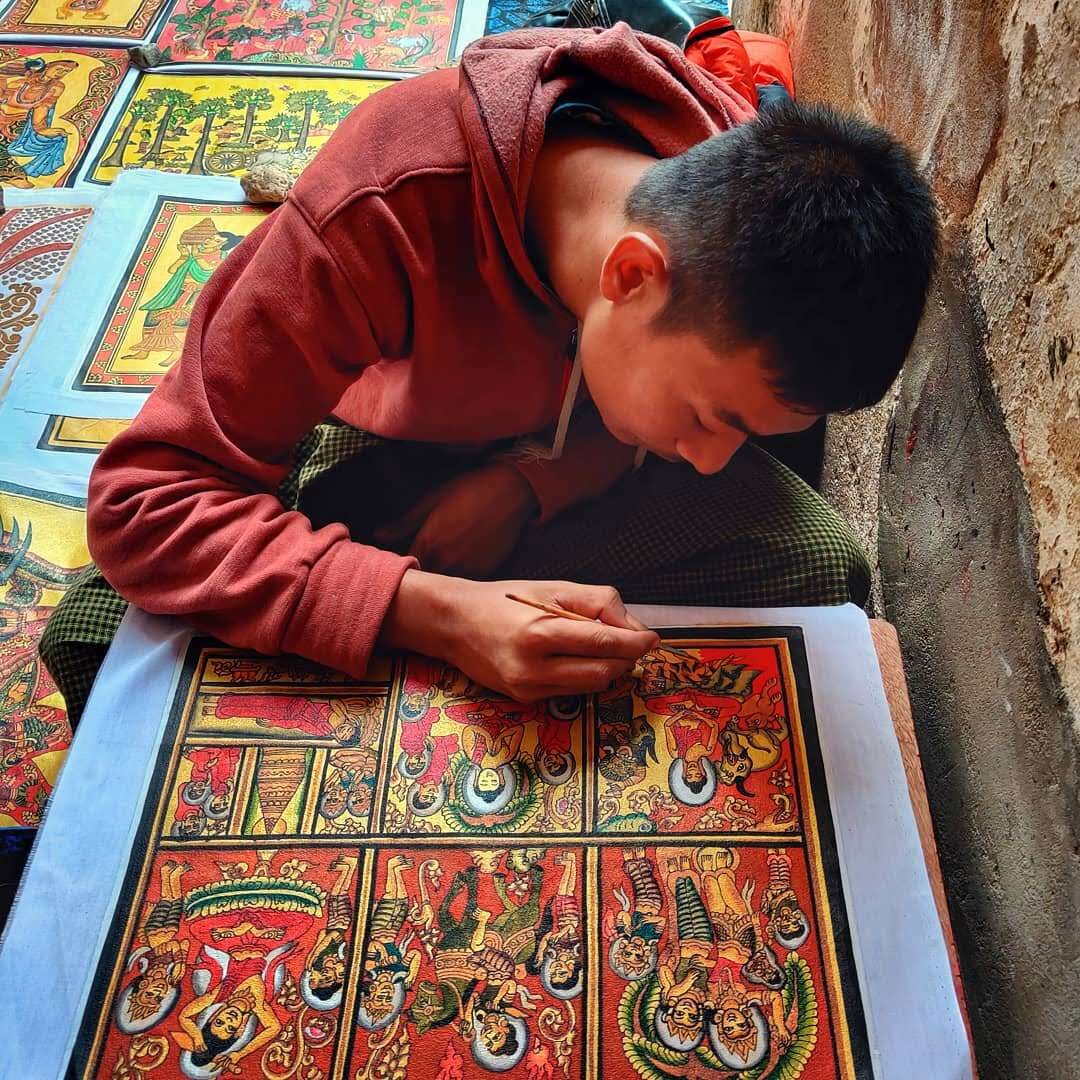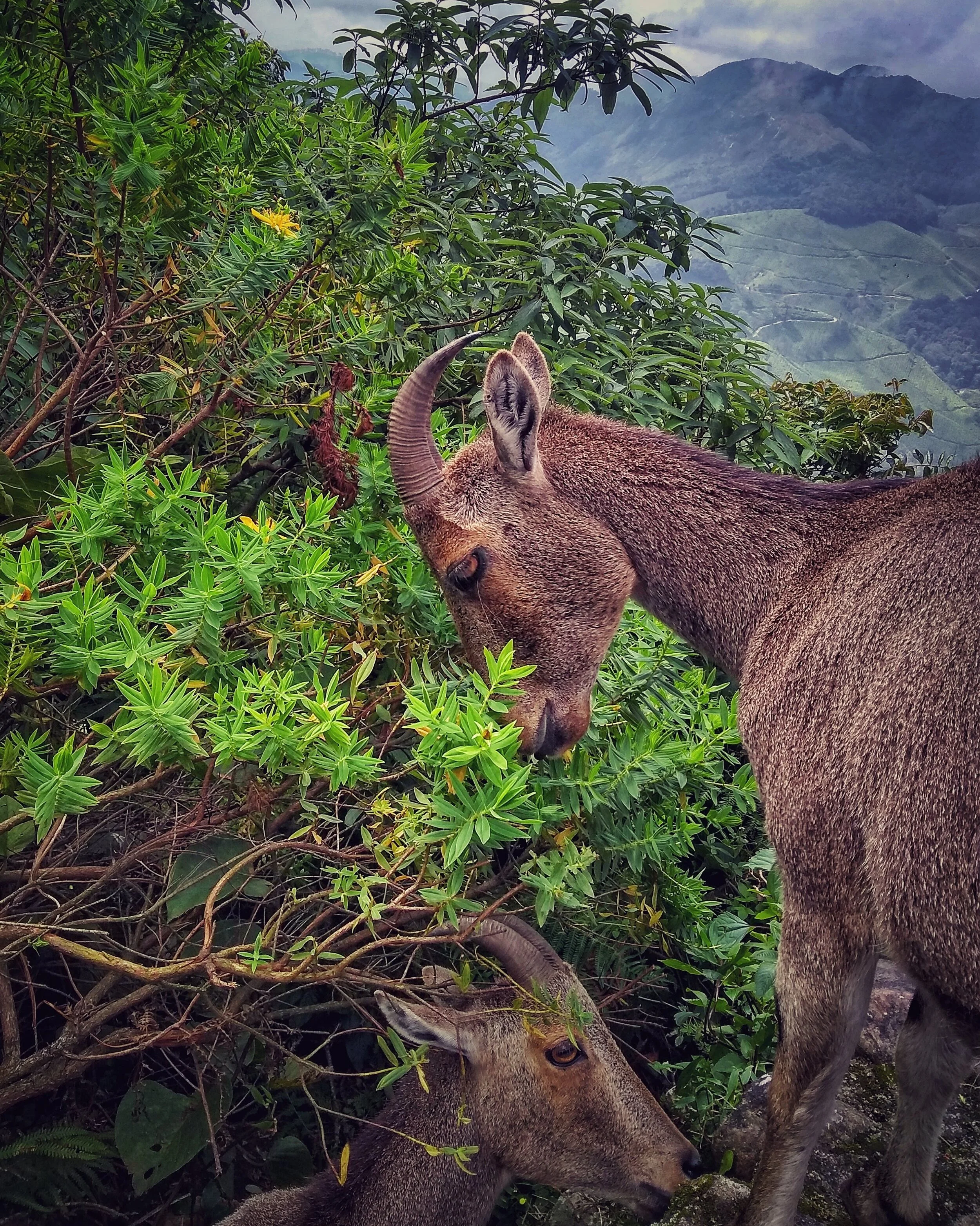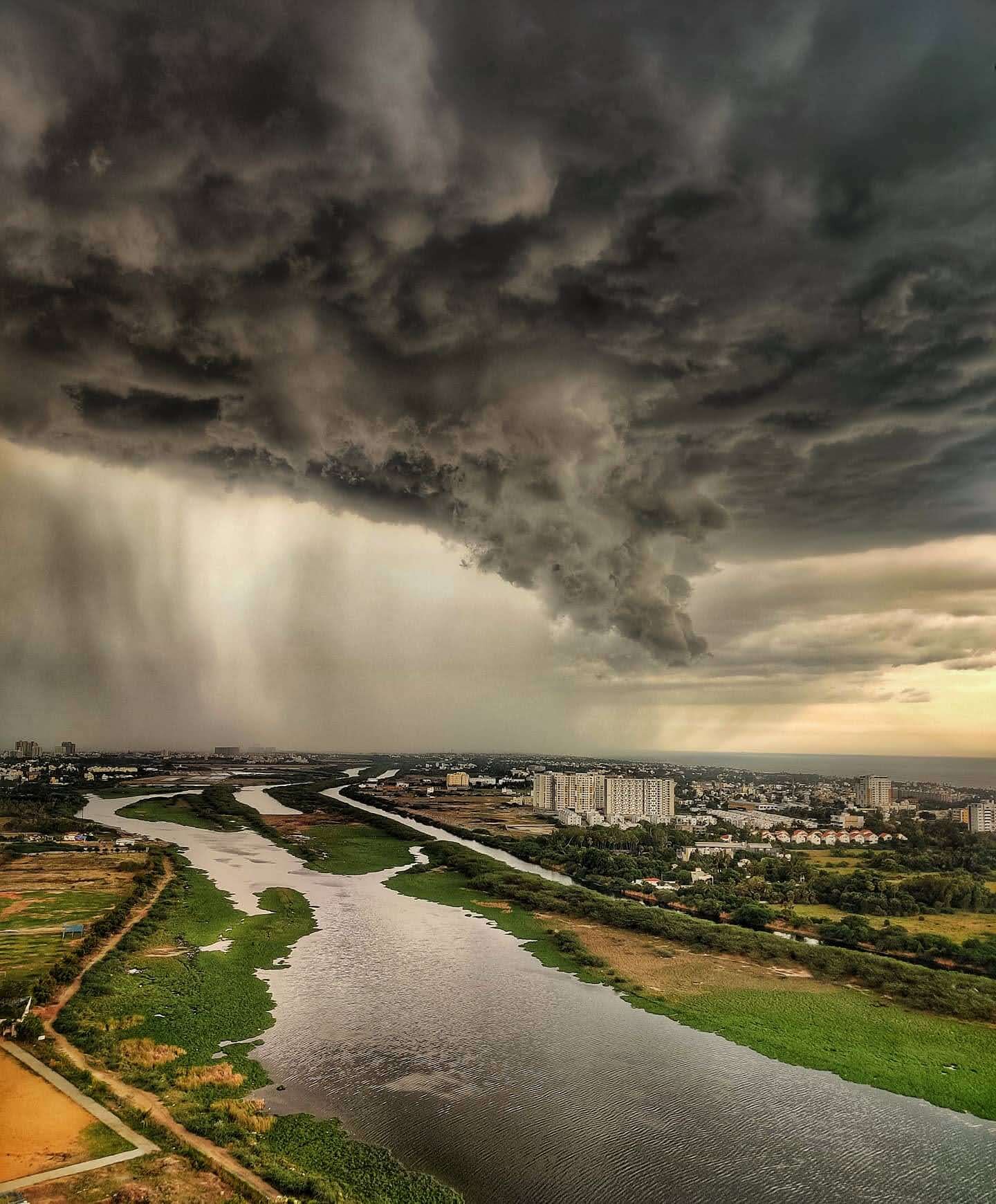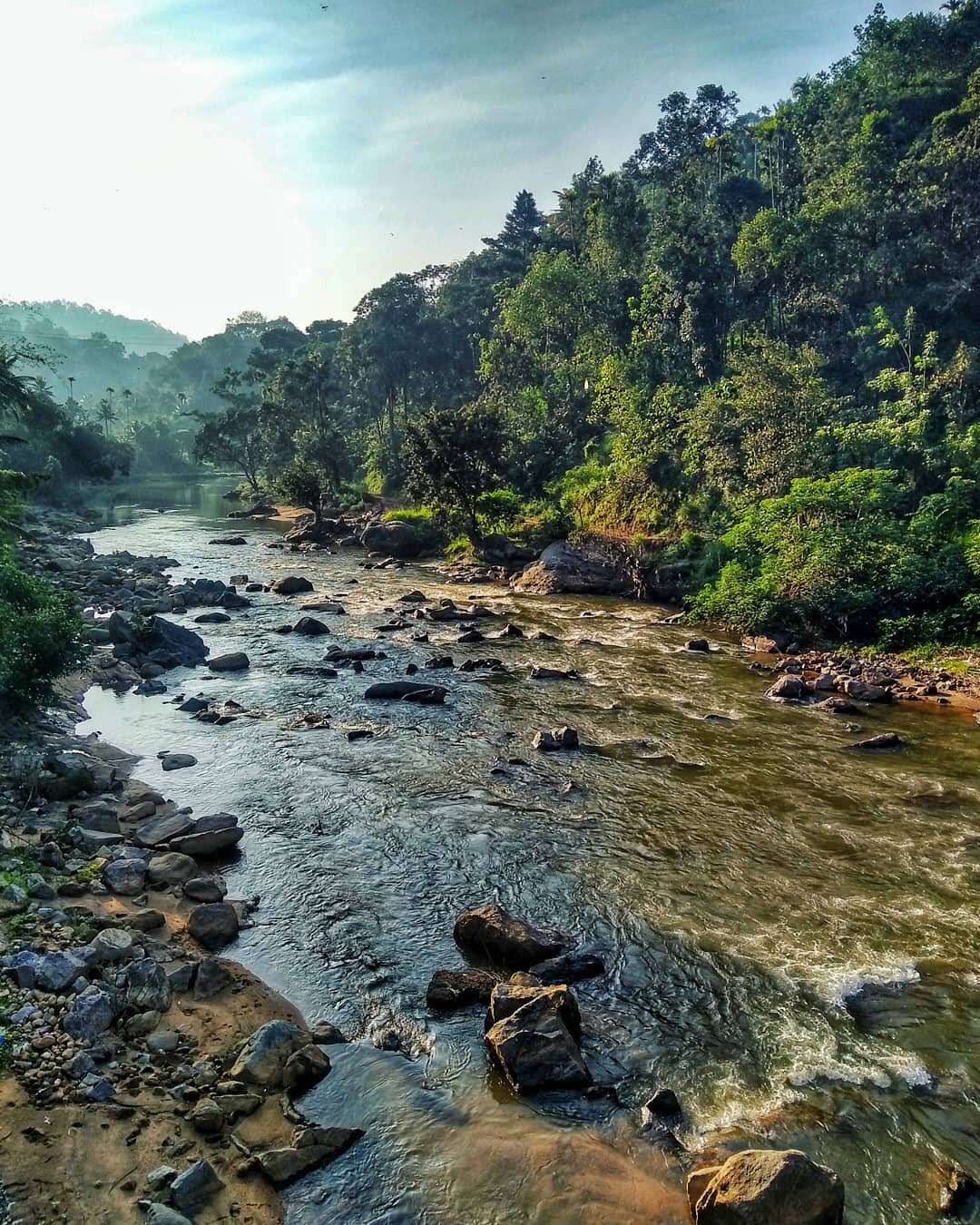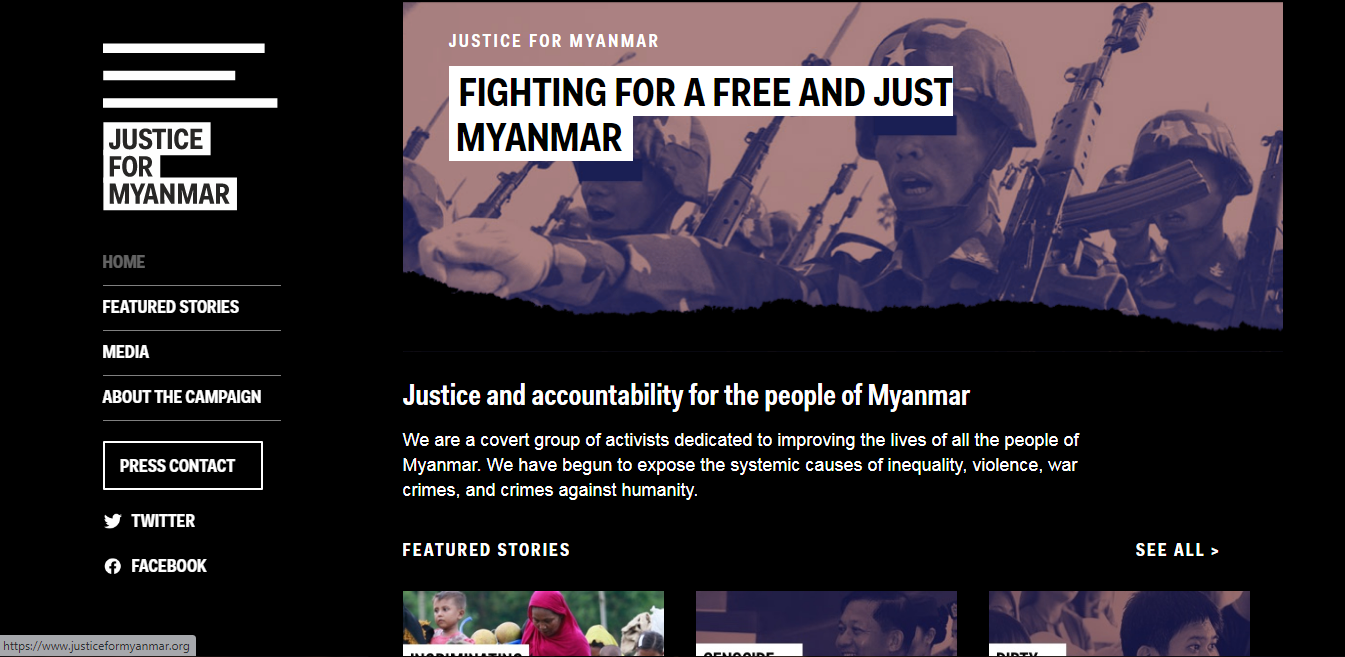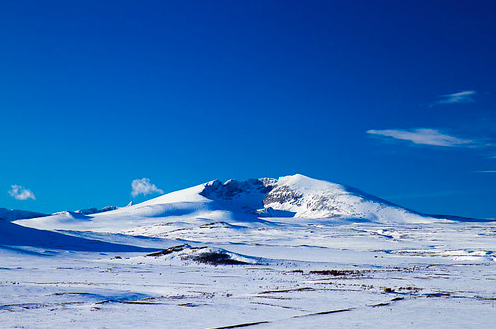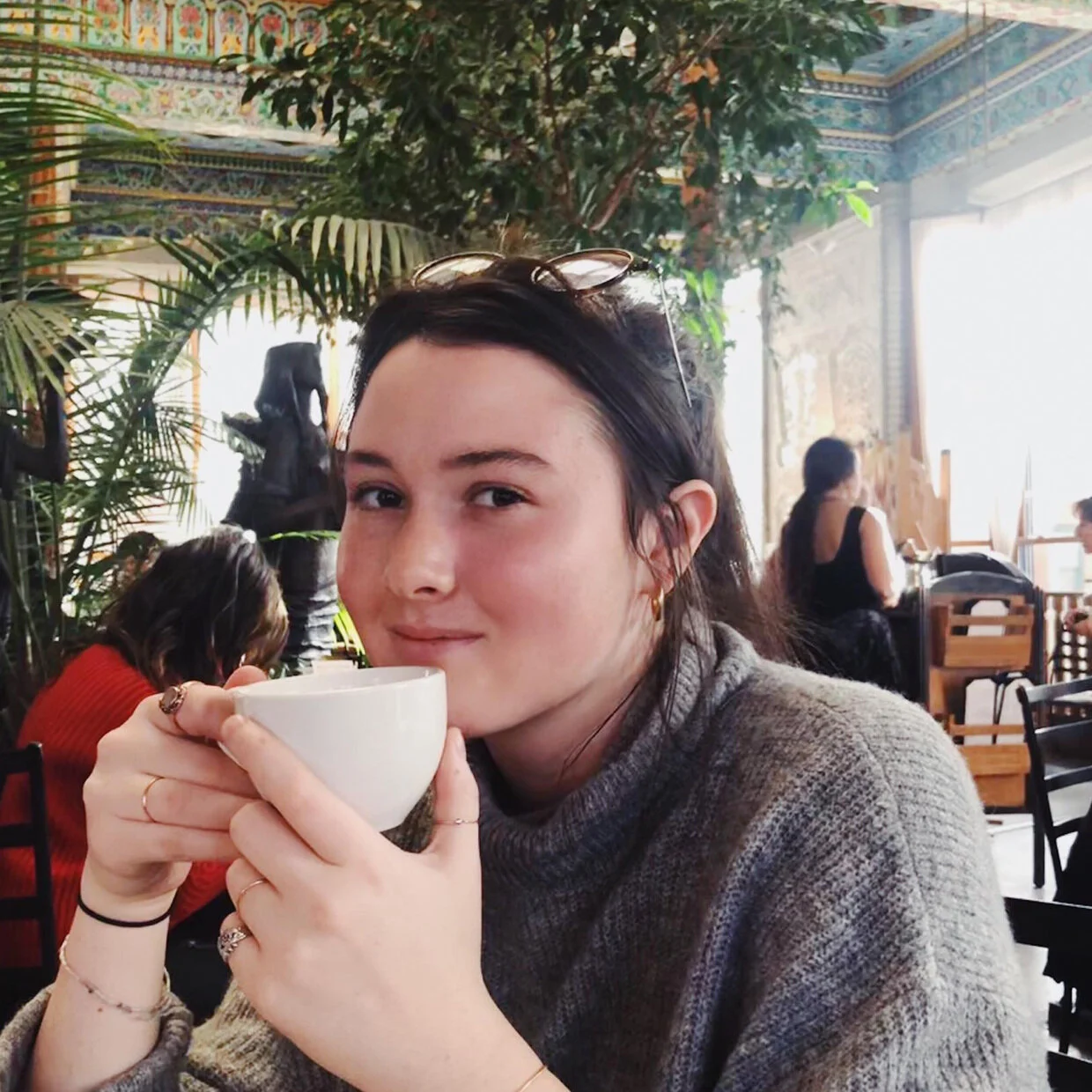The August explosion in Beirut destroyed the country’s largest grain silo, accelerating a food shortage crisis. But Lebanese expatriates are rising to the challenge.
Lebanon is facing a major food crisis. Struck by an unprecedented economic meltdown, nationwide protests, and the ongoing coronavirus pandemic, more than 3.7 million people in the small Middle Eastern nation, which houses more refugees per capita than any other, are struggling to afford staple foods. On Aug. 4, with Lebanon already on the brink, massive explosions at the Port of Beirut destroyed the only large grain silo in the nation and the main entry point for essential food imports, exacerbating existing shortages. As the Lebanese people grieve the loss of more than 200 lives, famine looms.
As political leadership flounders, a grassroots network of Lebanese organizations, with support from thousands of volunteers and contributors, is coming together on the ground to fight the looming food crisis.
“We’ve been helping map the people who were affected … making meals, and delivering food boxes,” says Maya Terro, co-founder and executive director of FoodBlessed, a nonprofit organization founded in 2012 and based in Beirut. “The nature of what we do hasn’t changed as much as the load,” she explains.
The United Nations estimates that Lebanon will run out of bread by early September, and has identified more than 5,000 highly vulnerable families in Beirut in need of food assistance. Photo by Maya Terro
FoodBlessed operates several meal centers and a community kitchen in Beirut, from which a host of volunteers prepare and deliver almost 1,000 meals every day to families in need. Volunteers also pack and deliver about 400 boxes of nonperishables to people across Lebanon every week. “FoodBlessed delivers food assistance to anyone in need,” says Terro.
Lebanon’s combined challenges already had strained the country’s food security infrastructure to the breaking point. The explosion threatened to push the country over the edge.
“We are looking at a catastrophe in the making,” says David Beasley, the executive director of the United Nations World Food Programme, who visited the blast site on Aug. 10. WFP estimates that Lebanon will run out of bread by early September, and has identified more than 5,000 highly vulnerable families in Beirut in need of food assistance. But even before the explosions, food security in Lebanon was becoming a serious concern.
Shada Moghraby, a spokesperson for WFP, told Devex this month that “there has been a very fast deteriorating crisis [in Lebanon] ever since the last year or so.” The nation was struck by an economic crisis last October, and, as the situation worsened, protests against the government, known locally as the October revolution, broke out nationwide. By April, 45% of the Lebanese population was slipping into poverty, according to the World Bank. The unemployment rate surged past 30% in June. The Lebanese pound has lost 80% of its value since October, and food prices have skyrocketed as the lack of purchasing power has affected imports and local agriculture alike.
Even with its meal centers closed to prevent the spread of the novel coronavirus, FoodBlessed has increased its weekly goal for delivering food assistance packages. The organization has provided more than 5,000 packages to people in need since it closed its meal centers in March.
FoodBlessed’s database of beneficiaries includes migrant workers, addicts, disabled people, and members of the LGBTQ+ community, and weekly delivery routes take the volunteers through neighborhoods of refugees in southern Lebanon and to low-income districts in the North.
Matbakh elBalad, another volunteer-run organization based in Beirut, was forced to shelve its plans to open a community kitchen in March amid a partial lockdown to prevent the spread of the coronavirus. The organization has since shifted its attention to delivering food assistance packages and hot meals. A group of protesters and volunteers started Matbakh elBalad last October.
Karma Soueid has worked with Matbakh elBalad since it began, distributing hot meals. Photo by Ahmed
Amer Volunteer Ahmed Amer illustrated some of the hot-meal containers. Photo by Karma Soueid
“We decided to hand out food for protesters who were sleeping in tents and who were spending the whole day on the ground in downtown Beirut, next to Martyrs’ Square,” says Karma Soueid, who has volunteered with the group since its inception. As the crowds of protesters grew larger, Matbakh elBalad scaled up to serve as many as 1,000 meals every day. The group shifted its focus as protests waned, and now it distributes food assistance packages to more than 500 families across Lebanon every month. The organization also has started to hand out sandwiches to volunteers clearing rubble in Beirut, and hot meals to people who lost their homes in the explosion. “We’re distributing to the houses [that have] been hit the most,” Soueid says of the volunteers’ recent work, “You can’t beat a warm meal. It’s comforting, even if you don’t have anything.”
While the people of Beirut face an urgent need for aid in the aftermath of the blast, organizations in Tripoli, Lebanon’s second-largest city about 50 miles north of Beirut, are doing what they can to support their neighbors to the south.
“We have diverted 60% of our activities to Beirut,” says Rida Sayadi Dassouki, president of Sanabel Nour, which has been transporting volunteers and supplies from Tripoli to support relief operations. Sanabel Nour was founded in 1985 and regularly operates several programs to provide education, food, and medical care to vulnerable families in Tripoli. But since the economic downturn last year, the organization has redirected its efforts almost entirely to combating hunger.
There is a huge food security gap in the North.
“The situation has become really difficult,” Dassouki explains. “After the [October] revolution, people lost their jobs, unemployment rose, and there was no work, so food became our priority.” Before the downturn, the organization regularly distributed food to 4,000 families in northern Lebanon. These days, they distribute food to about 9,000 families, and hundreds more apply every day. “We accept almost all of [the new applications],” Dassouki says, “because we know that the situation is really that hard. Anyone who had savings has spent [it] already, and then came the coronavirus.”
Tripoli is the capital of the North Governorate in Lebanon, which borders the Akkar Governorate to its north, which, in turn, borders Syria. This is Lebanon’s most impoverished region. According to the U.N. Office for the Coordination of Humanitarian Affairs, more than 45% of the region’s population lives in poverty. Because of its proximity to the Syrian border, thousands of people migrated to the area during the Syrian civil war. There are now about 140,000 Syrian refugees and 51,000 Palestine refugees among those living in poverty in northern Lebanon. And some of the most vulnerable localities—defined as those with high levels of poverty, poor infrastructure, and high refugee concentrations—are just outside Tripoli.
“There is a huge food security gap in the North,” says Diana Kobayter, who has a history of working on development projects in the region with groups such as the U.N. Development Program and the European Commission. The gap is widening in the wake of the blast in Beirut, Kobayter explains, “as most NGOs shifted their interventions to Beirut, and most have used the stock available in the North to reallocate it to Beirut.” While Tripolitans and contributors from around the world support Beirut in its time of need, there is a fear that the North will be marginalized and overlooked in the coming months. Kobayter is part of a group of Tripolitans living abroad, who are working to make sure that doesn’t happen.
It’s time to work hand in hand to find solutions for our community.
“We all felt the same,” says Adib Nachabé, whose brother, Rabih, came up with the idea to start a charitable initiative to combat hunger in Tripoli. “We both work in the advertising industry, and we have a background in marketing. We thought that we need to utilize our experience to help people in Tripoli,” Adib says. Adib lives in Canada and is one of an estimated 15.4 million Lebanese people living outside Lebanon. Rabih recently moved back to Lebanon, after working abroad in the United Arab Emirates. Adib and Rabih named their project Wehed—meaning “one”—and along with Kobayter and a half-dozen other Tripolitans in the diaspora, the group now manages several social media pages and a website to raise awareness of the crisis and funnel contributions from around the world into their hometown.
Wehed partners with several NGOs in Tripoli to maximize their impact, including Sanabel Nour. “[Before Wehed] we did not have any contacts outside the country,” recalls Dassouki, “Wehed has made receiving donations from abroad easy, so we can serve more [families].” Wehed has helped raise more than $50,000 for organizations in Tripoli since the group started its work in April.
“It’s time to work hand in hand to find solutions for our community,” says Rabih of his inspiration for Wehed. And from the damaged neighborhoods of Beirut to the impoverished districts of northern and southern Lebanon, these organizers and thousands of volunteers are doing just that.
Marianne Dhenin
is a writer and researcher based in Cairo. She holds a master’s degree in Human Rights Law and Justice and is earning a Ph.D. in Middle East History. She writes about social justice, politics, and the Middle East. She speaks English, German, and Arabic.
THIS ARTICLE WAS ORIGINALLY FEATURED ON YES! MAGAZINE


















